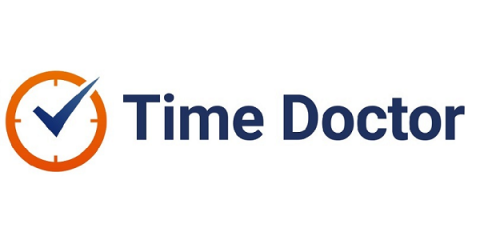Resource Availability 101: What It Is & How to Track It
Does your business have enough employees on hand for every project in the pipeline? To get an accurate answer, you need to know your resource availability. Learn the basics and improve project planning with our resource availability guide, which covers the four key factors that affect this metric, how to calculate it, and tips to accurately track it over time.









